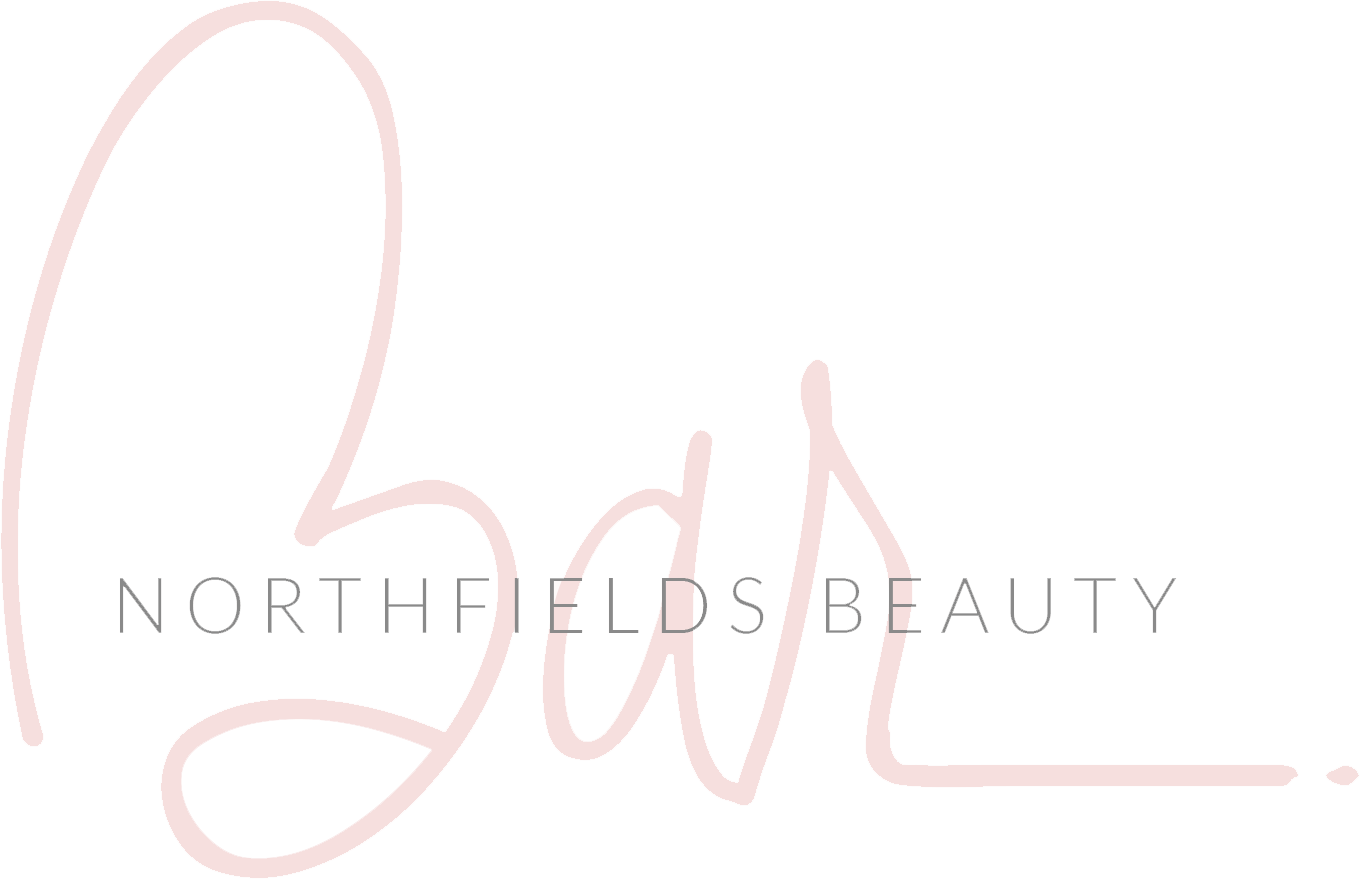
22 Jun Eyelash Extensions
Like a good blow dry or a brilliant mani, eyelash extensions are one of those treatments that really finish a look. Practically negating the need for eye make-up altogether, a great set of falsies not only speeds up your daily routine, they give you the kind of wide-eyed flutter that only several layers of mascara and a lot of patience usually can. So while we’re all agreed on how much we love them, what we don’t love is not knowing the potential risks.
Professional application is crucial
The obvious but important thing to ensure before you have extensions is to make sure you go to a reputable salon. While perfectly safe when done by a qualified therapist, there is potential for the safety of your eyes to be compromised if not done correctly. A consultation with your technician first will determine what kind of lashes you’ve got, what you’re after and what type of extension will be most suitable, which in turn determines how well they’ll stay in.
Eyelash adhesives are safe
First things first, your eyes will remain shut for the duration of the treatment which means there’s zero chance of getting any glue in them. Rest assured though, the glue used is totally safe for use around the eye area and all adhesives used by professionals will conform to EU regulations and should be free from nasties like formaldehyde and possible allergens like latex. While allergic reactions to the glue are few and far between, they are possible. Watch for the signs (itchy eyes, burning, discomfort) and seek medical advice if necessary. Infections caused by the lash extensions themselves are highly unlikely.
Take care when removing your lashes
‘The longevity of eyelash extensions depends on the style of treatment you have had, where you are in your own lash cycle and how you look after them,’ says Lynsey; the extensions are guided by the natural lash they’re adhered to, so the length of time they stay in is directly related. As your extensions gradually start to deplete with your natural hair cycle, it can be tempting to just yank out the remaining hairs – but don’t! To avoid temptation (and some very bald eyelids), always have extensions removed in the salon or at home using a specially developed lash extension remover.
Don’t overload your own lashes
The therapist should apply one false lash to each individual natural lash as opposed to one to every three or four, which could result in a clumpy look. If your natural lashes are on the shorter side you won’t be able to go for a dramatic flutter as the hairs won’t be able to hold them: ‘All Nouveau Lashes technicians follow the Nouveau ‘weight-for- weight’ principal to ensure your natural lashes are not overloaded’, says Lynsey. If applied properly, lash extensions will not compromise the health of your natural lashes, but rubbing your eyes or tugging at your extensions whilst you’re wearing them could.
Take a break once in a while
Although sporadic extensions don’t cause damage, most technicians advise long-term lash lovers to take a break every 6-8 months for around 2 months. As well as being a good opportunity to properly cleanse the inevitable hefty build up of make-up (think of all that liner), it gives your natural lashes a chance to recover from any trauma (shortening, thinning or weakening) which can occur with extended wear. You can also use the time to load up lash boosting growth serums If you’re a semi-perm devotee and the thought of going extension-free fills you with panic, don’t despair. A lash lift will help boost the appearance of shorter hairs until you can get back to the salon.

